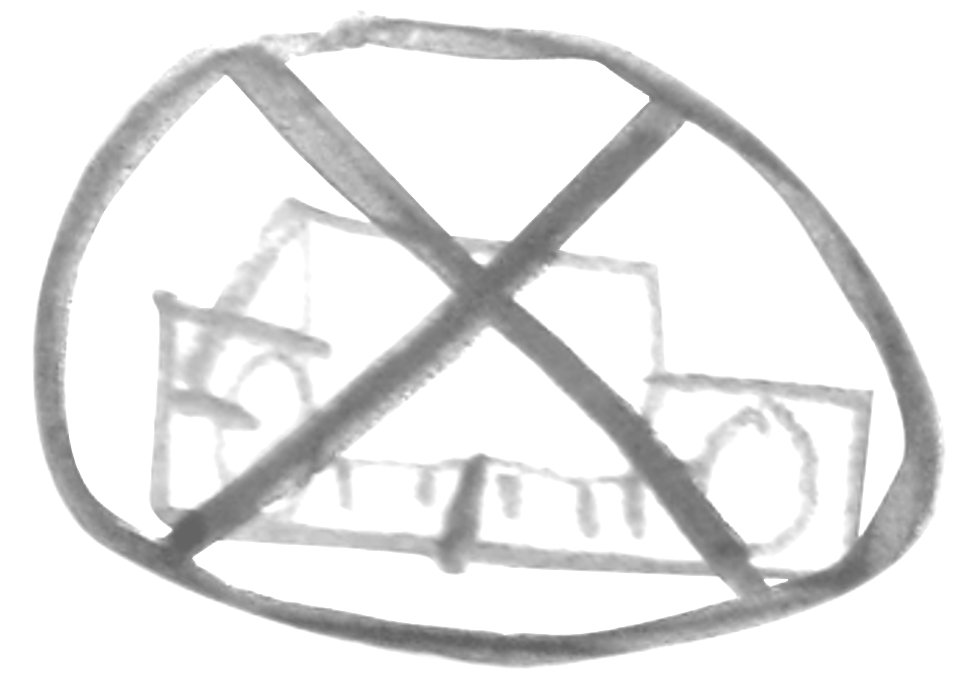FLOATING SOUND GALLERY
Vienna
Christian Zanesi
Circuit Fantôme Season 5 Episode 05curated by Anton Iakhontov (Patrick K.-H.) and Daniel Teruggi,
Fr, 8 August, 2025
18.00-22.00
Four shows
at 18:15, 19:15, 20:15 and 21:15
performed by Patrick K.-H.
Pay as you wish
18.00-22.00
Four shows
at 18:15, 19:15, 20:15 and 21:15
performed by Patrick K.-H.
Pay as you wish

Christian ZANESI (born in Lourdes in 1952).
A former student of Guy Maneveau and Marie-Françoise Lacaze (University of Pau, 1974–1975), then of Pierre Schaeffer and Guy Reibel (Paris Conservatory, 1976–1977). Since joining the Groupe de Recherches Musicales (GRM) at INA in 1977, he has engaged in numerous projects, creations, and collaborations. He has initiated many ventures in the fields of radio, publishing, and musical events, notably the PRÉSENCES électronique festival. Alongside Daniel Teruggi, he was the director of INA GRM until June 2015.
He has composed numerous electroacoustic pieces, frequently performed in concert, and since the 2000s has also developed a live music practice, performing solo or with many musicians from the experimental electronic scene. He has played with Christian Fennesz, Rom, Mika Vainio, Edward Perraud, Frederick Galiay, Thierry Balasse, Didier Petit, Philippe Foch, David Jisse, Maguelone Vidal, and Arnaud Rebotini. Since the 1990s, he has composed in his home studio, drawing inspiration from poetic encounters with remarkable sounds.
Octophonic performances:
Grand Bruit (1991) – 20'45
Saphir, Sillons, Silences (Sapphire, Grooves, Silences) (1998) – 18'20
In the Mantra (2024) – 12'30
Grand Bruit (1991) – 20'45
Large mobile sounds have the ordinary yet astonishing property of placing the listener-traveler inside them; as if they were inside a gigantic double bass which, in the case of a train, is bowed by two bows: the rails and the air. In 1990, I used this phenomenon for the exact duration of the RER ride I took every day to travel from the GRM studio to my home. A single 21-minute recording was used, which I treated as a single sound object. I then processed and enriched it like a photographer, through successive baths, this remarkable form I called Grand Bruit.Saphir, Sillons, Silences (Sapphire, Grooves, Silences) (1998) – 18'20
At the end of the 1990s, after working on radio archives—particularly with my pieces Arkhéion and Voix anciennes—I wanted to explore, not for the first time, technological archives: the sound of the past. For this, I primarily used the vinyl record as a source.
At the time, DJs had embraced this technology, sometimes successfully, without even knowing that several decades earlier the pioneers Pierre Schaeffer and Pierre Henry had paved the way. Furthermore, in 1998 it had been 50 years since this musical adventure, this new branch of music, which never aimed to replace others, had begun. By then, it was clear that the critical mass of works composed since the late 1940s had become meaningful both aesthetically and technologically. A new culture in its own right had emerged: the Culture of Sound. That is to say, there was a sound and a body of work from the 1950s, a sound and a body of work from the 1960s, etc., in which aesthetic evolution was intertwined with technological evolution; though it was impossible to say which of the two forces came first or influenced the other.
Saphir, Sillons, Silences speaks poetically of this history.
In the Mantra (2024) – 12'30
The piece functions like a mantra that, through successive iterations, gradually opens and expands in a fractal effect; or like simple waves that dissolve on the shore, all similar in shape but, on closer inspection, varied in detail and resolution. Looking closely could well define the project.
I first constructed a musical cell of about thirty seconds, directly derived from the AUM sound chanted by a yogi. The original sound will not be heard. I transformed it significantly to remove the strong connotations and, most importantly, to extract from the result a sufficient number of discrete elements that could be varied or developed; each element, in turn, potentially taking on a leading role.
In this game of anamorphosis and partly subverted expectations, I also sought to preserve what seems most important to me: the spirit of the mantra. In other words, to encourage careful listening and concentration on all the components and energies of the proposed sound. In the end, I see the piece as a form of meditation, though it is far from being meditative music.
Supported by Stadt Wien Kultur and Bundesministerium für Wohnen, Kunst, Kultur, Medien und Sport
